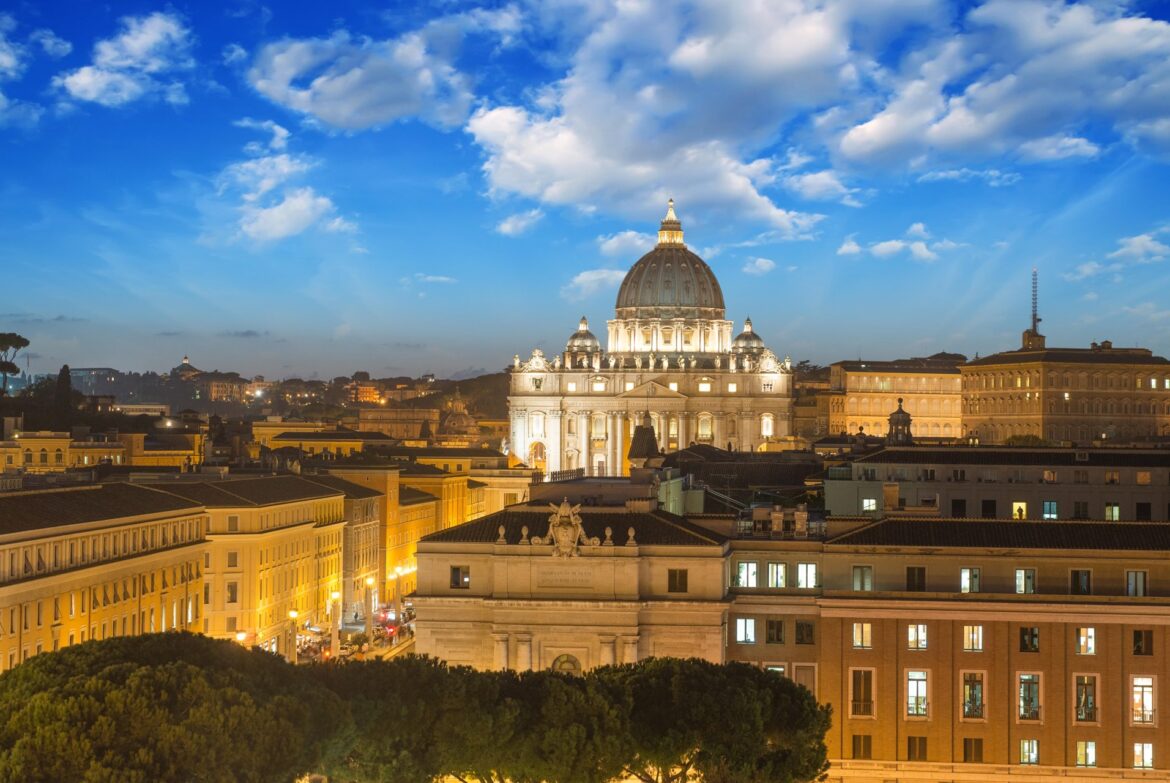The Roman Catholic Church, with its expansive history and intricate theology, has evolved from its nascent stages rooted in apostolic beginnings to its robust manifestation today as the Vatican City, a sovereign entity and spiritual nexus for millions. The story of this institution is replete with tumultuous events, profound spiritual revelations, and a continual societal influence that deserves thorough exploration.
To commence understanding the origins of the Roman Catholic Church, one must delve into the time of Christ and His apostles in the first century AD. The pivotal figure of Jesus Christ, whose teachings not only challenged the socioreligious paradigms of His time but also laid the groundwork for an entirely new faith, is central to this narrative. Jesus chose the twelve apostles, a group of disciples whom He not only taught but also entrusted with the mission to spread His message. Peter, known as the rock upon which the Church would be built, emerged as a leader, symbolizing the continuity of Christ’s mission.
As the apostles ventured beyond Judea, they encountered diverse cultures and embraced a variety of methodologies in articulating the Gospel. This early evangelization led to the establishment of various Christian communities. These fledgling congregations were characterized by a spirit of fellowship, communal worship, and a steadfast commitment to the teachings of Christ. However, this early Church was not without its challenges. Persecution was rampant, and the nascent believers faced immense trial as they proclaimed the message of a resurrected Savior amid hostile environments.
With the Edict of Milan in 313 AD, issued by Emperor Constantine, a remarkable transformation occurred. Christianity was no longer a persecuted sect; it was legitimized and eventually became the state religion of the Roman Empire. This monumental shift catalyzed the Church’s evolution from a marginal sect to a prominent institution intertwined with the fabric of Roman politics and society. Thus, the fusion of ecclesiastical and imperial authority became a hallmark of the growing Roman Catholic Church.
Theological development continued apace during the post-Constantinian era. The establishment of the Nicene Creed in 325 AD marked a significant doctrinal consolidation, addressing heretical views and affirming foundational beliefs about the Trinity. This period spawned the magnificent Councils of the Church, where ecclesiastical leaders congregated to define orthodoxy amid mounting theological disputes. The ramifications of these gatherings were monumental, framing a cohesive understanding of Christian doctrine that would influence the Church for centuries.
As the Church solidified its structures, the papacy emerged as a pivotal institution. Bishops of Rome began to be regarded as leaders of the wider Christian community, guided by the belief in the apostolic succession from Peter. This lineage enshrined the papacy with an authorial mantle that lent itself to both spiritual and temporal governance. Figures such as Pope Leo I in the fifth century articulated the unique role of the papal office, establishing doctrines that would fortify the Church’s influence in political realms.
Entering into the Middle Ages, the Church became inmensely powerful, functioning as a unifying factor in Europe amid political fragmentation. Monasticism flourished, with monks serving as educators, scribes, and missionaries. The Benedictine and Cistercian Orders were pivotal in the spiritual and cultural resiliency of Christendom, preserving knowledge and fostering the growth of education. During this era, the Church also faced schisms and challenges. The East-West Schism of 1054, resulting in a division between Roman Catholicism and Eastern Orthodoxy, highlighted theological and ecclesiastical rifts, reflecting diverging paths of Christianity.
The Renaissance heralded a renewed emphasis on humanism and intellectual inquiry, resulting in both challenges and opportunities for the Roman Catholic Church. The Protestant Reformation, incited by figures such as Martin Luther and John Calvin in the 16th century, represented a seismic shift. Call for ecclesiastical reform—pointing out issues of corruption and doctrinal discrepancies—led to the emergence of numerous Protestant denominations, fracturing the previously monolithic Christian landscape. In response, the Catholic Church convened the Council of Trent (1545-1563), launching the Counter-Reformation; this was a vigorous effort to recalibrate its doctrines, reinforce internal cohesion, and address corruption while reaffirming traditional teachings.
As centuries progressed, the Church navigated through modernity, confronting the challenges of secularization, scientific advancement, and societal transformation. The Vatican II Council, convened between 1962 and 1965, exemplified an unprecedented era of openness, dialogue, and engagement with the contemporary world. It sought to renew the Church’s mission and approach, advocating for greater lay participation, ecumenism, and a commitment to social justice.
In the present day, the Vatican stands as not merely a religious center but a multifaceted global entity, engaged in diplomatic relations and advocating for peace and humanitarian efforts. The papacy has traversed complex issues ranging from social inequalities to climate change, leaning into its role as a moral voice in increasingly turbulent times. Pope Francis, with his accessible demeanor and emphasis on compassion, has invigorated the Church’s outreach and relevance in the 21st century, inviting a renewed sense of hope and engaging the faithful in meaningful dialogue.
The legacy of the Roman Catholic Church continues to unfold, with its rich tapestry of history inviting reflection. From apostolic origins through trials, transformations, and renewal, the Church’s presence reflects a complex interplay of faith, culture, and humanity. As we consider its future, a new chapter beckons—a narrative imbued with promise, challenge, and a continuous search for deeper understanding and connection within the global community.



